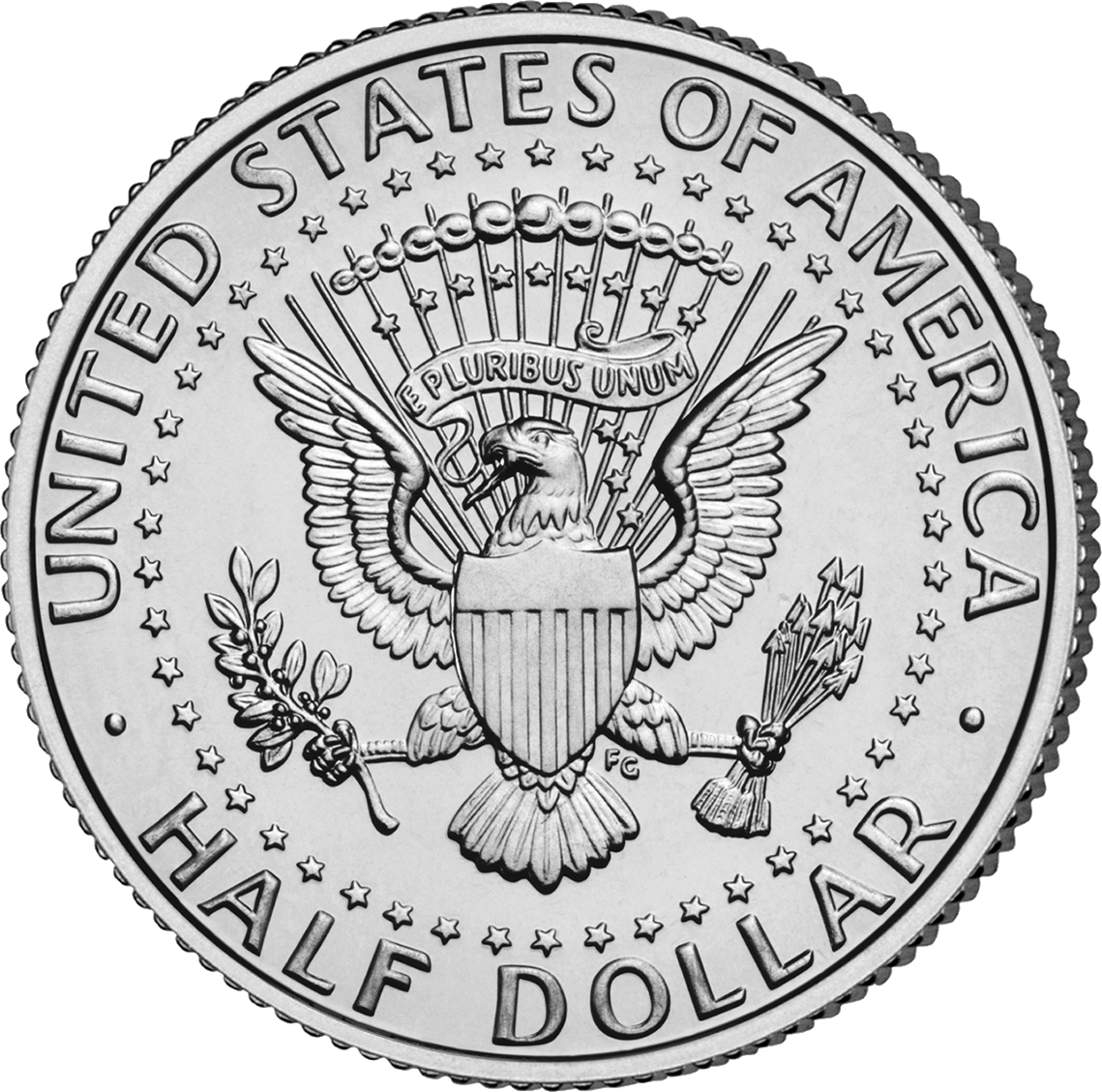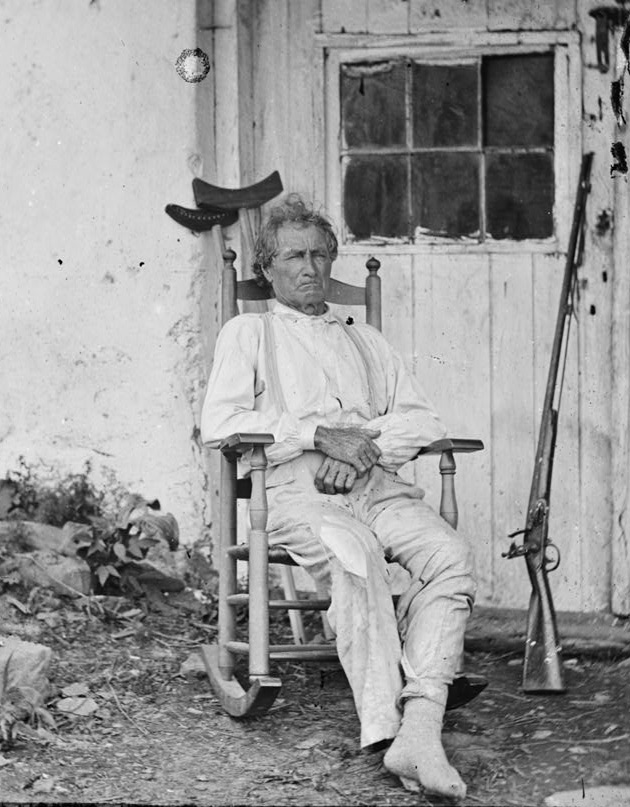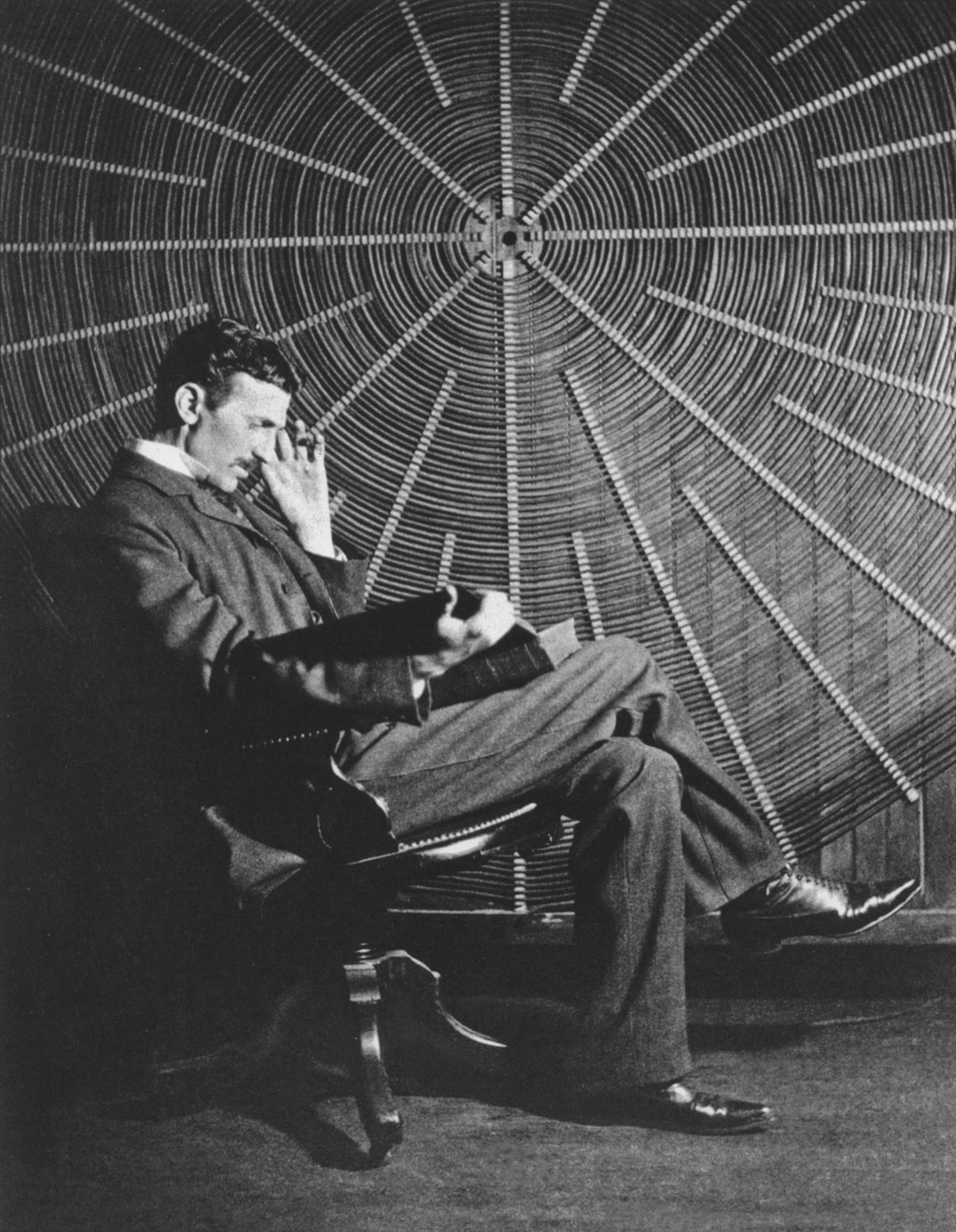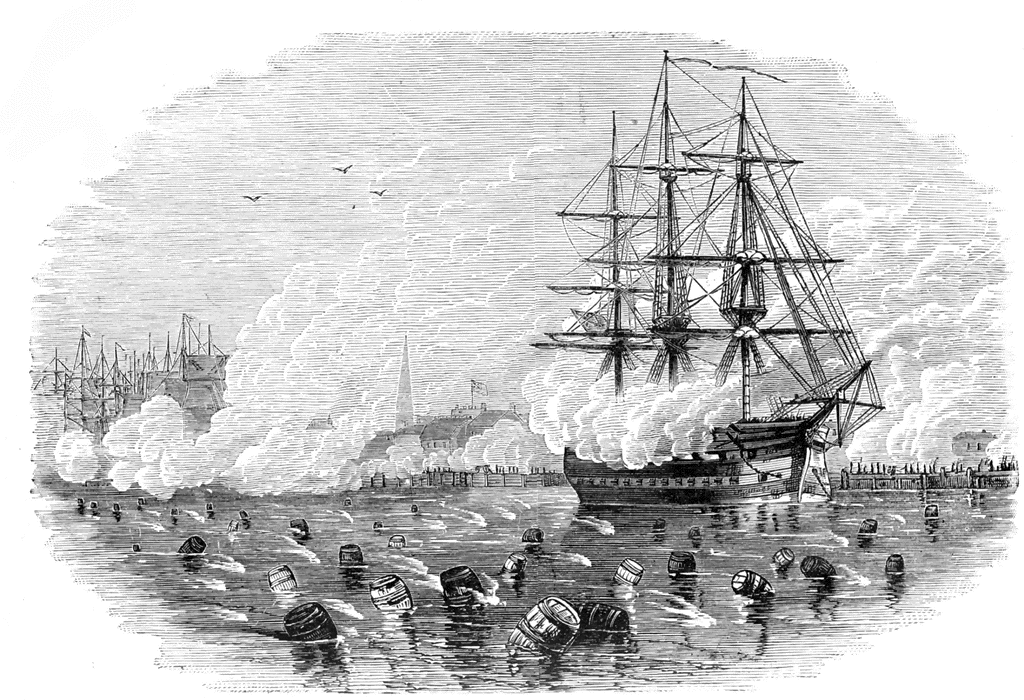The life of John Johnson is part folktale, part Old West historical figure. Johnson is said to have been born as John Garrison in New Jersey in the early 19th century. He joined the Union Army during the Civil War but deserted after fighting with an officer. He moved West and took the name John Johnston.
The stories of this mountain man's life abound. The most famous is that he married a Native American woman and settled down in Montana. During a raid, Crow Indians killed his wife. Johnston set out on a personal mission against the Crow that lasted over a decade. Legend says that whenever he killed a Crow, he would remove the man's liver and eat it as a sign of disrespect. This practice earned him the name "Liver Eating Johnson." For some reason, the "t" was left out.
Another tale involving Johnson comes when he was taken prisoner by the Blackfoot tribe. The Blackfoot planned on trading Johnson to the Crow. According the story, Johnson bit through his restraints, knocked out the guard, and sawed off the guard's legs. He escaped to the woods using a leg as a weapon where he then used the leg as food. This story is actually believed to be true but not about Johnson.
Johnson eventually made peace with the Crow and settled into a normal frontier life in Montana. Johnson is buried in Wyoming, but true to his reputation, no one knows how he got there. Some say he died at his Montana cabin, others say it was a Los Angeles retirement home.

















